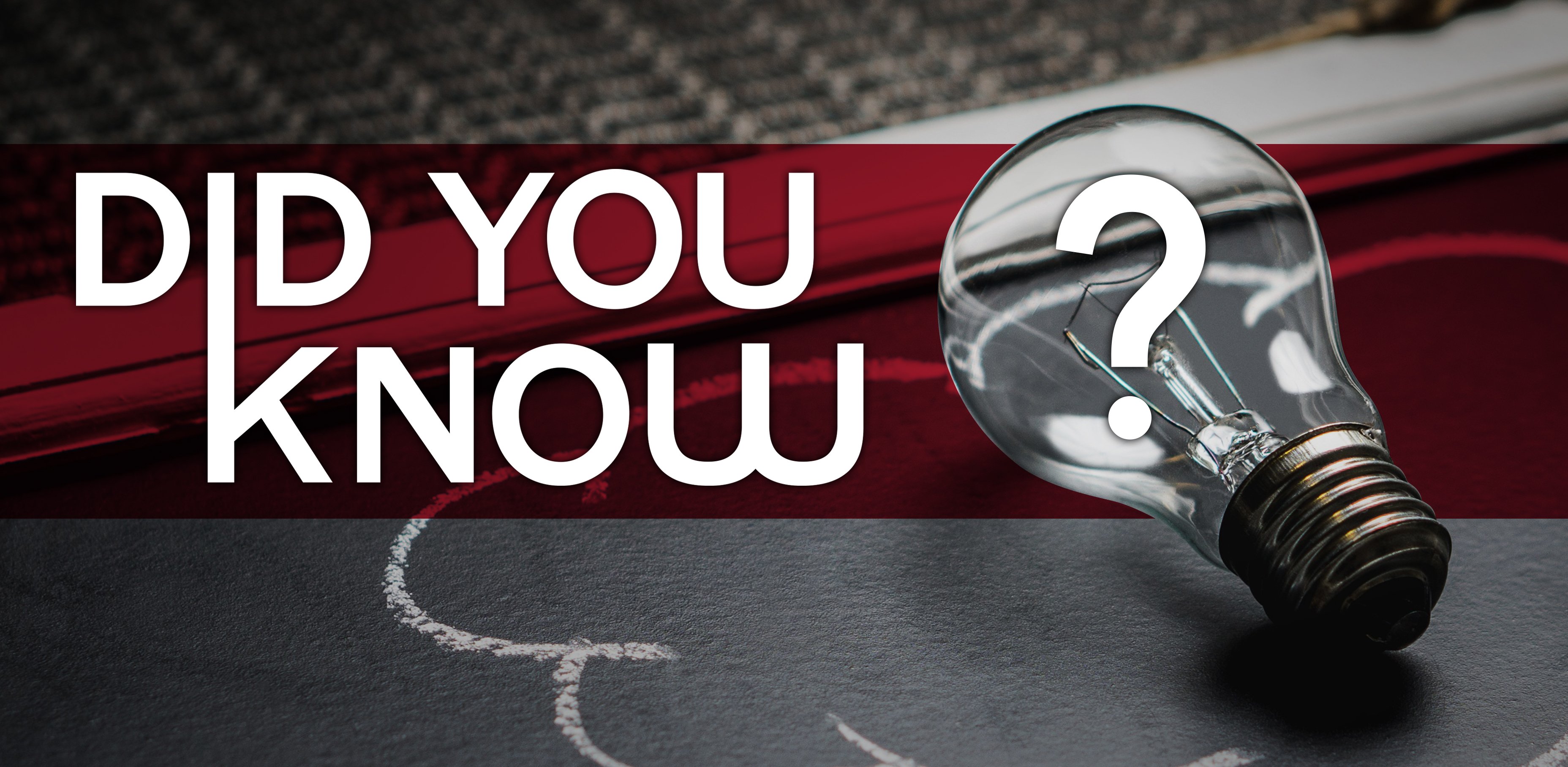Did you know that liquid trim valves can be certified for vapor?
There is often confusion around the required trim and certification when selecting a new safety-relief valve. For example, when there are both vapor relief scenarios and liquid relief scenarios, is a dual-certified PRV required? What about when the service is liquid but the controlling scenario is vapor? In the past, we have recommended “dual-certified” PRVs when there are both liquid and vapor relief scenarios, but these valves can be difficult to obtain or could have long lead times. When might there be alternatives? In this discussion we will look at what liquid trim means and when different trims may be suitable for different relief possibilities.
Read More
Topics:
Did You Know?,
Pressure Relief Valves,
Detailed Engineering,
OSHA,
PRV,
Relief System Design,
Set Pressure,
Vapor Relief Scenarios,
Liquid Relief Scenarios,
liquid trim valves,
dual-certified valves
Did you know, OSHA does not allow block valves on the inlet of relief valves installed on air receivers in compressed air systems?
OSHA CFR 1910.169(b)(3)(ii) states, “No valve of any type shall be placed between the air receiver and its safety valve or valves.”
Read More
Topics:
Did You Know?,
Pressure Relief Valves,
Detailed Engineering,
OSHA,
PRV,
Relief System Design,
Relief Header,
Set Pressure,
Exit Pipe Fitting
Did you know, relief devices that protect process pipe may be set to open above the piping design pressure?
Per ASME B31.3-2016, Sections 322.6.3. (see Figure 1) and 302.2.4 (f) (see Figure 2), a thermal relief valve may be set up to 120% of the design pressure of the protected system with the owner’s approval, as long as, the allowable accumulation criteria in 302.2.4.(f) are met. Set pressures lower than 120% of the design pressure may be required depending on the allowable accumulation pressures in 302.2.4 (f).
Read More
Topics:
Did You Know?,
Pressure Relief Valves,
Detailed Engineering,
PRV,
Relief System Design,
Relief Header,
Set Pressure,
Exit Pipe Fitting
Did you know, under certain circumstances, you need to verify if the Cold Differential Test Pressure (CDTP) is properly compensated for the superimposed backpressure from the flare header?
Have you come across a conventional pressure relief valve relieving to a flare header? Did you know that, under certain circumstances, you need to verify if the Cold Differential Test Pressure (CDTP) is properly compensated for the superimposed backpressure from the flare header?
Read More
Topics:
Did You Know?,
Pressure Relief Valves,
Flare Header,
API 521,
PRV,
Cold Differential Test Pressure,
CDTP,
Relief Header,
Set Pressure

